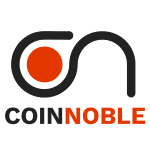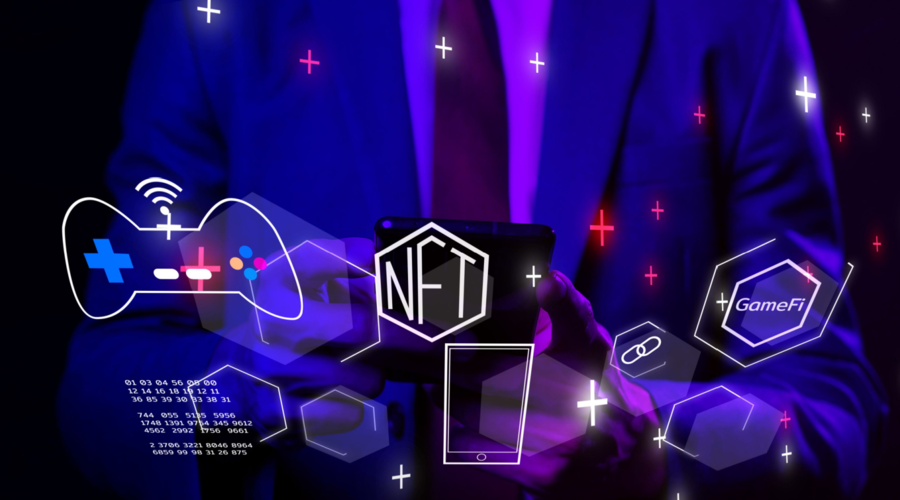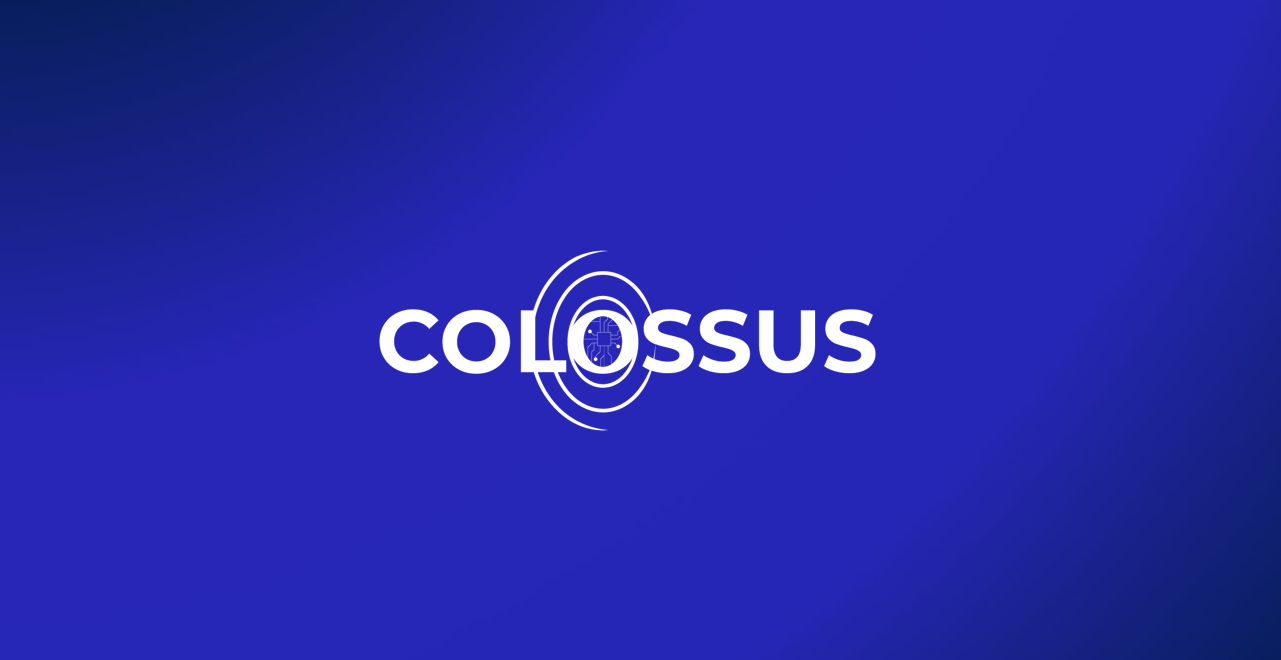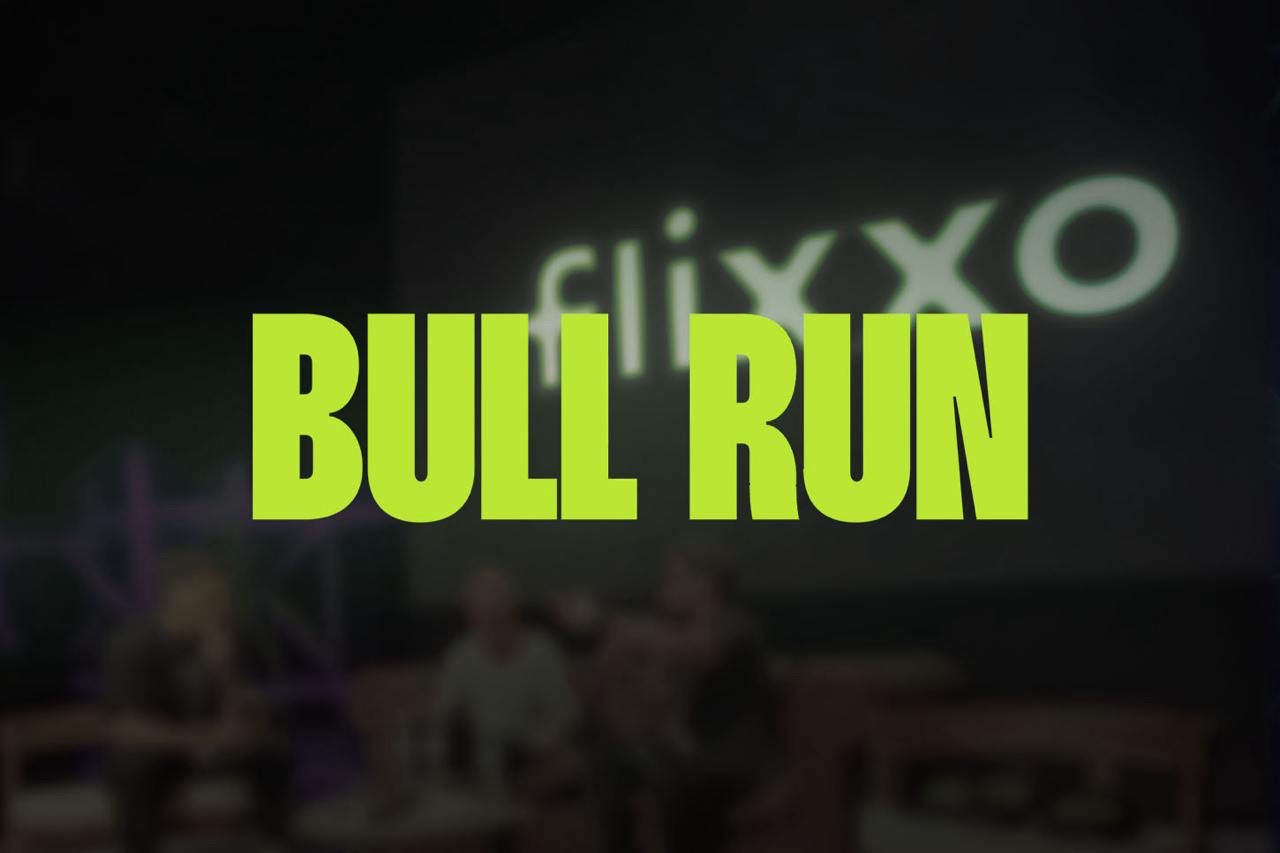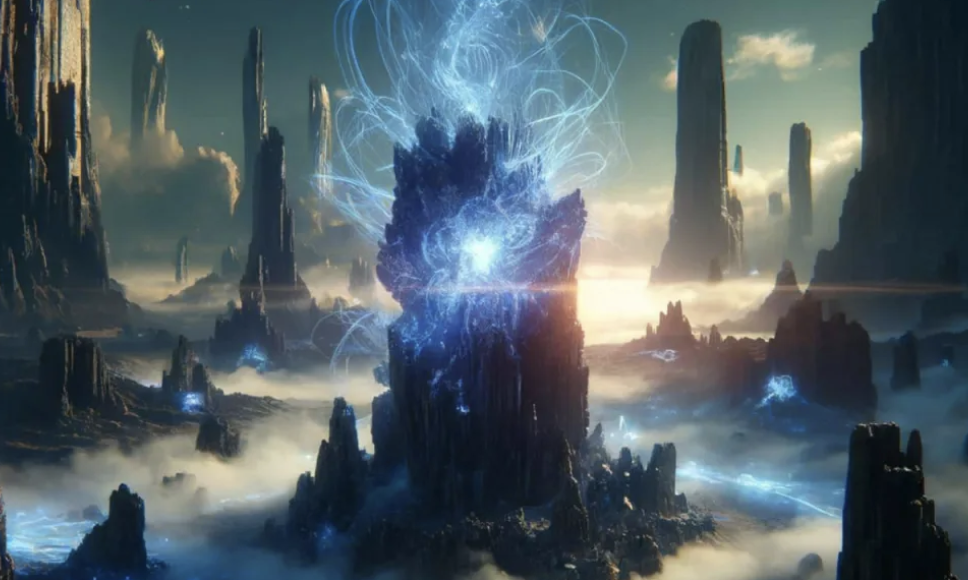Introduction
In recent years, the world of gaming has witnessed a groundbreaking technological innovation known as non-fungible tokens (NFTs). These unique digital assets, built on blockchain technology, have revolutionized the way game items, characters, and virtual possessions are owned, traded, and valued. In this article, we will explore the concept of tokenizing game assets and delve into the implications and opportunities that NFTs bring to the gaming industry.
Understanding NFTs in Gaming
NFTs are cryptographic tokens that represent ownership or proof of authenticity of a unique item or asset. Unlike traditional cryptocurrencies like Bitcoin or Ethereum, which are fungible and interchangeable, NFTs are indivisible and cannot be replicated. Each NFT holds a distinct value and can be associated with a specific game asset, such as virtual items, characters, or even land within a game world.
What Are Game Assets?
Game assets encompass a wide range of digital entities within a game environment, including characters, weapons, costumes, skins, and virtual real estate. These assets hold significant value for players, both in terms of personal attachment and in the context of gameplay progression. Tokenizing game assets involves converting these virtual items into NFTs, providing a new dimension of ownership, scarcity, and transferability.
The Rise of Tokenization
The emergence of blockchain technology and smart contracts has paved the way for the tokenization of assets in various industries. In gaming, this has led to the creation of decentralized marketplaces and platforms where players can buy, sell, and trade NFTs. Tokenization has unlocked a new level of transparency and trust, allowing gamers to truly own their virtual possessions and transfer them securely.
Benefits of Tokenizing Game Assets
Tokenizing game assets offers several compelling benefits for both players and game developers. Let’s explore some of the key advantages:
1. Enhancing Ownership and Authenticity
By tokenizing game assets as NFTs, players gain true ownership and control over their virtual possessions. Unlike traditional games where items are typically owned and controlled by the game publisher, NFTs provide a decentralized framework where players have the freedom to buy, sell, or even transfer their assets across different platforms.
2. Interoperability and Cross-Platform Integration
NFTs enable interoperability, allowing game assets to be used across multiple games or platforms. This means that a rare sword obtained in one game can be utilized in another game that supports the same blockchain standards. Cross-platform integration creates a seamless gaming experience and expands the possibilities for asset utilization and value creation.
3. Enabling Player-driven Economies
With tokenized game assets, players can participate in vibrant player-driven economies. By buying, selling, and trading NFTs, gamers can generate income and establish themselves as virtual asset collectors, traders, or even entrepreneurs. This economic empowerment adds depth and engagement to the gaming experience, blurring the line between virtual and real-world economies.
Challenges in Tokenizing Game Assets
While the concept of tokenizing game assets holds immense potential, there are several challenges that need to be addressed for widespread adoption:
1. Security and Fraud Concerns
As with any digital asset, security is a critical consideration. The blockchain infrastructure supporting NFTs must be robust and resilient to prevent hacking or unauthorized access. Additionally, the authenticity and provenance of NFTs need to be verified to protect against counterfeit or fraudulent assets.
2. Scalability and Cost Issues
As the popularity of NFTs grows, scalability becomes a concern. Blockchain networks need to handle a large volume of transactions without compromising speed or cost efficiency. High gas fees and network congestion can hinder the adoption of NFTs, especially for smaller or indie game developers.
3. Regulatory and Legal Considerations
The legal and regulatory landscape surrounding NFTs and tokenized game assets is still evolving. Issues such as intellectual property rights, taxation, and consumer protection need to be carefully addressed to ensure a fair and transparent ecosystem for all stakeholders involved.
The Future of NFTs in Gaming
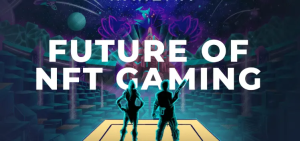
Looking ahead, the future of NFTs in gaming holds tremendous promise. Here are some potential applications and innovations that we can expect:
1. In-game Item Trading and Auctions
NFTs enable peer-to-peer trading and auctions within games, allowing players to directly exchange assets with each other. This opens up new possibilities for creating dynamic marketplaces and player interactions, fostering a thriving virtual economy.
2. Ownership of Virtual Real Estate
Tokenized game assets can extend beyond traditional items and include virtual real estate. Players can own and trade virtual land or properties within a game world, providing opportunities for virtual tourism, creative building, and social interactions.
3. Play-to-Earn Gaming
With NFTs, players can earn real value for their in-game achievements. Play-to-earn models empower gamers by rewarding their time and skills, offering a potential avenue for financial inclusion and the democratization of gaming.
4. Immersive In-Game Experiences
Tokenizing game assets opens the door to enhanced immersive experiences for players. NFTs can be utilized to create unique and rare in-game events, quests, or challenges that unlock exclusive rewards. This level of personalization and scarcity adds depth and excitement to the gaming world, keeping players engaged and invested in the game’s ecosystem.
5. Collectibles and Limited Editions
NFTs have revolutionized the concept of collectibles in gaming. Game developers can create limited edition virtual items, characters, or sets that hold significant value for collectors. These unique NFTs can appreciate over time, fostering a market for rare and sought-after digital assets. Collecting NFTs becomes a form of self-expression and status within the gaming community.
6. Community Engagement and Collaboration
Tokenizing game assets encourages community engagement and collaboration. Players can collaborate on quests or challenges, pooling their resources and assets to achieve shared objectives. NFTs can also be used to reward active community members or participants in events, fostering a sense of belonging and loyalty within the gaming community.
7. Artistic Expression and User-Generated Content
NFTs enable players to express their creativity and artistic skills within the gaming world. Players can create and tokenize their own unique in-game assets, such as custom skins, artwork, or even game modifications. This opens up avenues for user-generated content and empowers players to contribute to the evolving narrative and aesthetics of the game.
8. Licensing and Partnerships
Tokenizing game assets provides opportunities for licensing and partnerships within the gaming industry. Game developers can collaborate with artists, brands, or intellectual property owners to tokenize their assets and introduce unique crossovers or collaborations within the game. This cross-pollination of ideas and assets creates exciting synergies and expands the possibilities for in-game experiences.
9. Environmental Sustainability
The tokenization of game assets has the potential to contribute to environmental sustainability efforts. By leveraging blockchain technology, NFTs reduce the need for physical production and distribution of game assets, minimizing the carbon footprint associated with traditional gaming merchandise. Additionally, NFTs can promote eco-friendly practices within games, encouraging players to engage in virtual activities that have a positive impact on the environment.
10. Integration with Virtual Reality (VR) and Augmented Reality (AR)
The integration of NFTs with virtual reality and augmented reality technologies can elevate gaming experiences to new heights. NFTs can be used to enhance virtual environments, allowing players to interact with their tokenized assets in immersive and realistic ways. This fusion of blockchain technology and immersive technologies opens up a realm of possibilities for next-generation gaming experiences.
Immersive In-Game Experiences
In the realm of gaming, immersive experiences have always been highly sought after. With the advent of NFTs, game developers now have a powerful tool to create truly immersive in-game experiences. By incorporating virtual reality (VR) and augmented reality (AR) technologies, games can transport players to breathtaking virtual worlds where they can interact with tokenized assets in unprecedented ways. Imagine donning a VR headset and stepping into a fantastical realm where every sword, armor, or magical item holds a unique NFT. Players can engage in epic quests and battles, wielding their prized NFT weapons or wearing their custom NFT armor. The tactile sensations and visual realism add a level of depth and immersion that was previously unattainable. Additionally, game developers can leverage NFTs to offer exclusive in-game events, quests, or challenges with rewards tied to rare or one-of-a-kind NFTs. This level of personalization and exclusivity further enhances the immersive nature of the game, keeping players engaged and invested in the virtual world they inhabit.
Collectibles and Limited Editions
Collectibles have always held a special place in the gaming community. With the advent of NFTs, the concept of collectibles has taken on a whole new dimension. Game developers can now create limited edition NFT collectibles that hold significant value and rarity for collectors. These digital assets can range from unique character skins and cosmetic items to legendary weapons or rare mounts. By issuing a limited number of these NFT collectibles, developers can tap into the innate desire for exclusivity and scarcity among players. This scarcity can drive up demand and create a thriving secondary market where players can buy, sell, and trade these valuable digital assets. Collecting NFTs becomes more than just a hobby; it becomes a form of investment and status within the gaming community. Players can showcase their collections within the game, displaying their rarest and most prized NFTs to their peers. External NFT marketplaces also provide a platform for collectors to connect, trade, and discover new additions to their collections. The allure of collectible NFTs adds depth, prestige, and a new layer of excitement to the gaming experience.
Community Engagement and Collaboration
The power of communities in gaming is undeniable. NFTs offer a unique opportunity to foster community engagement and collaboration within the gaming ecosystem. By integrating NFTs that can be jointly owned and utilized for cooperative gameplay, developers can encourage players to work together toward shared objectives. Imagine a guild or alliance in a game where members can pool their NFT resources and assets to tackle epic raids or conquer formidable challenges. This level of cooperation and coordination creates a sense of camaraderie and unity among players. Furthermore, rewarding active community members with special NFTs can incentivize participation and contributions. These NFT rewards serve as tokens of appreciation and recognition for their dedication and efforts. They can also act as badges of honor within the community, symbolizing achievements and status. Additionally, community-driven events or competitions can incorporate NFT rewards, encouraging players to showcase their skills and creativity. Whether it’s a design contest for a new in-game item or a community-driven storyline, NFTs can be used to engage players, empower communities, and strengthen the bonds within the gaming community.
Conclusion
Tokenizing game assets through NFTs has unleashed a new era of ownership, value, and creativity within the gaming industry. Players now have the ability to truly own and trade their virtual possessions, while game developers can explore innovative monetization models and foster player-driven economies. Although challenges remain, the potential for NFTs in gaming is vast, with exciting opportunities on the horizon.
I’m a Crypto author and I have written for some of the most popular Crypto publications. I have also been interviewed by leading Crypto media outlets. My work focuses on providing accurate and actionable information to help people invest in Bitcoin and other digital currencies.
I have over 10 years of experience in the financial sector, and hold a degree in Economics from the University of London.
